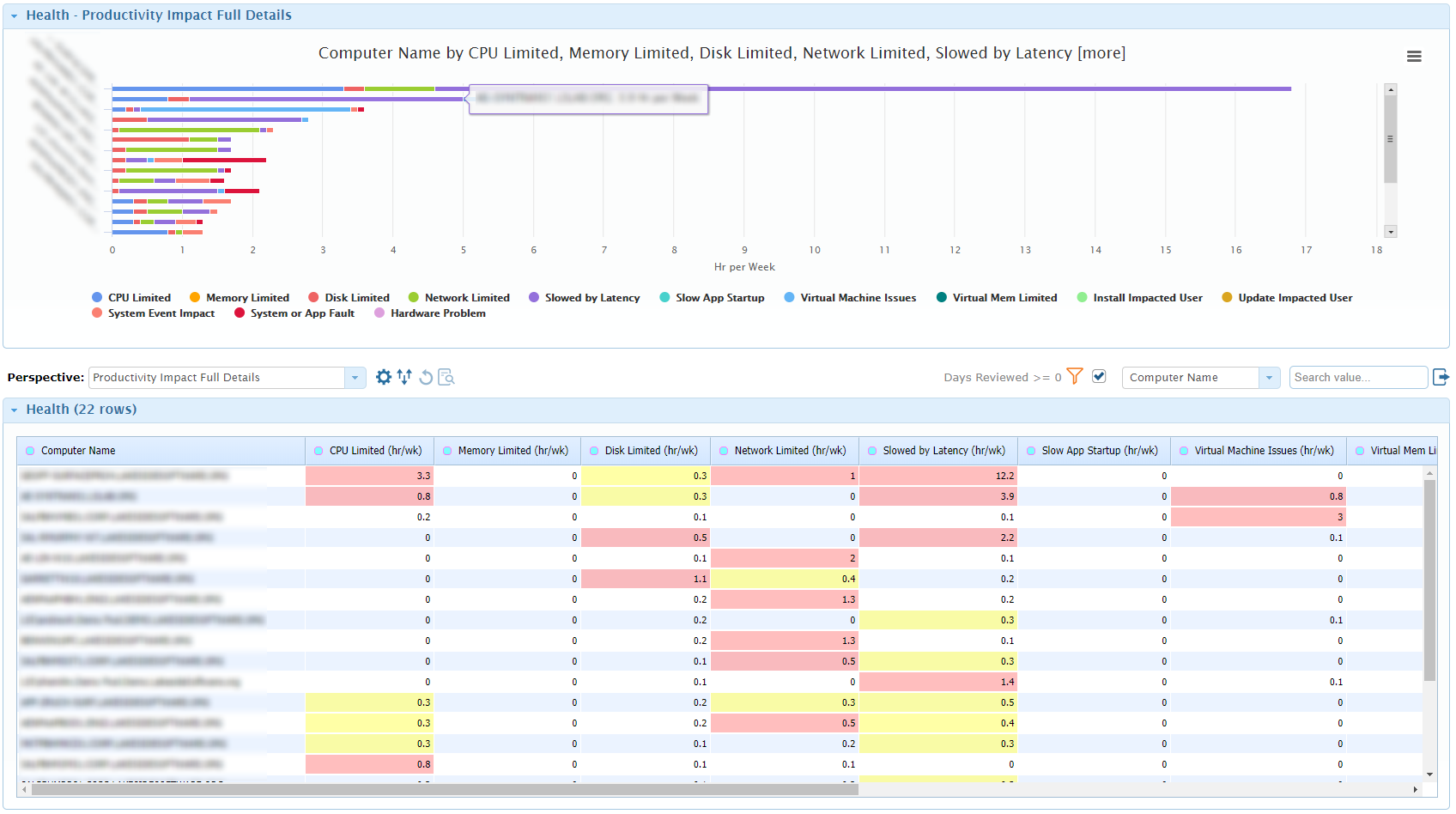Workspace Analytics: Quantifying the Impact of IT Projects Isn’t Rocket Science

You may have heard the peculiar news recently covering world-renown astronaut, Scott Kelly’s, genes. Why all the chatter? It was believed that Kelly’s DNA was forever altered as a result of his time in space. And while that may not have been surprising to some, the story has a plot twist: Kelly has a twin brother who now has “different” DNA than him. Almost heartbreaking!
While the thought of space turning people into their alter-alien selves was amusing, the news has since been debunked by NASA and publications such as Ars Technica, explaining that Kelly’s DNA did not fundamentally change due to his time in space.
All that said, the story brought to the forefront NASA’s extensive studies on space’s impact on the human body. Now, just as NASA studies astronauts’ genes to understand the implications of sending humans to space, how can we similarly study the results of IT actions on the business? More importantly, how can we extract the kind of valuable insights that can inform future decision making?
It’s not rocket science, and our work shows there might be a stronger and quantifiable tie between IT and business productivity…
Access the IDG Research & Lakeside study on workspace analytics
Launch a workspace analytics program
In a recent study we conducted with IDG Research, 94% of IT decision-makers surveyed said the quality of interactions between people, business processes, and technologies has a direct impact on workforce productivity. Workspace analytics is a practice that works to analyze the quality of those interactions.
For those new to the term, according to Gartner, workspace analytics “refers to analytics using data from an instrumented workplace to help achieve a range of objectives such as better workforce productivity and creation of new business workflows to provide a richer user experience.”
When done properly, a workspace analytics program makes sure your IT team has visibility into not only the performance of IT services and resources within the environment, but also into how end users are consuming them. A visibility that is critical to understanding IT’s impact on business because, after all, what’s the value of technology if it doesn’t improve the work of those using it? The same value as Elon Musk’s commercial rocket if passengers learned before boarding that their DNA would be altered forever: slim to none.
So, critical to truly understanding the impact IT has on business is the analysis of end-user experience directly where end users are consuming IT: the endpoint.
Orbit around your end-users’ experience from the endpoint
A key finding in our study with IDG Research is that the top two most common methods for tracking the effectiveness of end-user technologies are employee feedback and help desk calls/requests for support. While these methods are helpful, they are by no means complete. There is a much simpler, and quantifiable, way to do so without interfering with end-user experience: directly from the endpoint.
We’ve found that with new technologies expanding the boundaries of IT beyond the confines of traditional enterprise IT, the value of the endpoint as a key resource for IT has skyrocketed. Why? Because the endpoint can provide critical information IT teams can use while assessing a new technology for their environment, deploying said solution and monitoring the environment thereafter. Endpoint data can help you answer questions like:
“Which of my end users are good candidates for VDI?”
“What licensing makes sense for the new productivity suite?”
“Why are these users seeing a CPU spike and are other users experiencing similar issues?”
“How is the end-user experience for any given user? How is it across the environment?”
… and so much more.
To learn more about SysTrack, download this free white paper
Quantify the impact of your IT projects with workspace analytics
One of the most difficult issues facing IT today is the ability to truly understand the impact of IT projects. That is why a key component of workspace analytics is to unearth quantifiable data on the overall environment that both IT and the business can understand.
At Lakeside, we go beyond key performance indicators like CPU usage, memory, and latency. We help IT and line of business alike understand the impact of IT projects on the business by uniquely measuring end-user experience and the impact a suboptimal one can have on productivity.
The end-user experience score calculated by our workspace analytics solution, SysTrack, is a universal metric that the whole business can easily interpret. Most importantly, it gives IT a score they can use to measure how well a given deployment went, what is the state of the overall environment, where there are areas of concern, and so much more. Consider it IT’s score at any given time.
Now, the key when it comes to quantifying IT’s impact on the business is to tie end-user experience back to what keeps any organization in-motion: productivity. With most business processes being inherently digital in any industry, IT plays a critical role in ensuring these processes keep users productive. When IT services and resources fail, productivity lags. That is why SysTrack helps IT teams correlate end-user experience and exactly the number of hours per week of impacted productivity by tracking all of the key performance indicators that may be influencing any given employee’s end-user experience.
Sound interesting? Listen to our podcast on how technology impacts productivity via iTunes or Google Play

Understanding the impact of IT projects on the business is a craft some IT departments are starting to develop, and one that at Lakeside, we consider is important to perfect. As Stephen Hawking once said, “We are just an advanced breed of monkeys on a minor planet of a very average star. But we can understand the Universe. That makes us something very special.”
Interested in how SysTrack works? Request a demo!
Subscribe to the Lakeside Newsletter
Receive platform tips, release updates, news and more



